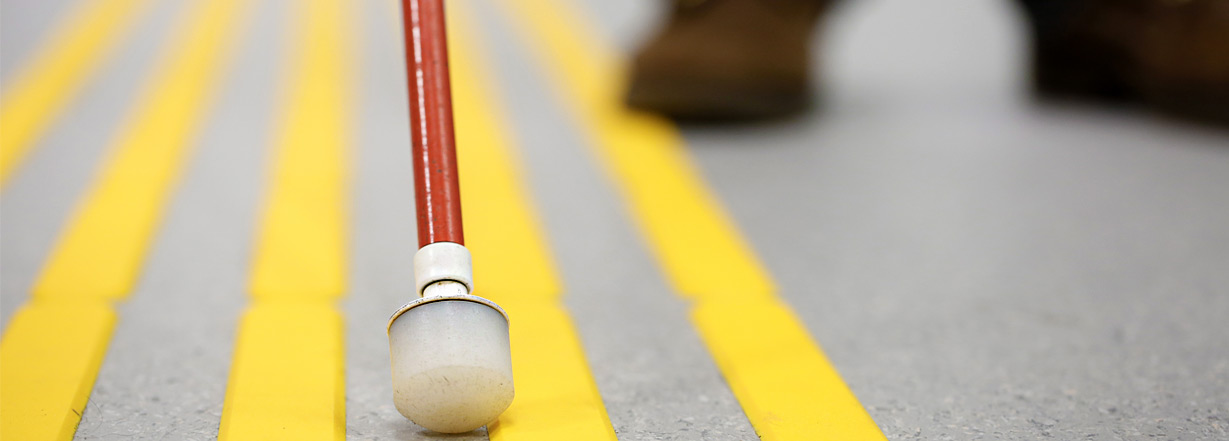Persons with Low Vision
- Texts they are to read should be written in a larger font size.
- Contrast colors should be used for the background and letters of signboards, labels, etc.
- White letters on a black background are easiest to read for many persons with low vision.
- Avoid writing in capital letters because they may have difficulty in seeing where the sentence ends.
- Lighting is important; radiant light should not be used.
- Texts they are to read should not be written on glossy paper.
- Walls should not be painted with glossy paint.
- Combinations of red and green shadows should be avoided.
- Colors should be selected in harmony with lighting.
- Different colors should be used on doors, different floors or materials in buildings.
- Objects should not be placed on the paths of persons with low vision.
- Physical changes in schools or workplaces, furniture or equipment changes should be reported to the relevant people.
- They may use prism and magnifying glasses.
Visually Impaired
- Yellow tactile paving should be used on the ground for guidance.
- Elevator floor numbers should be in Braille and audible directions are needed.
- Floor maps of workplaces or schools should be in Braille.
- If visually impaired individuals know how to read Braille, texts should be published in this alphabet.
- A computer narrator and Braille display should be supplied.
- They should be accompanied by a companion if needed for training or work.
- A special tour for visually impaired persons who are new at the school or workplace should be organized to introduce the building.


